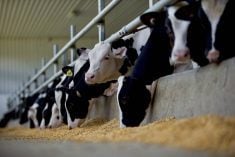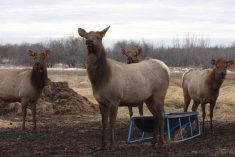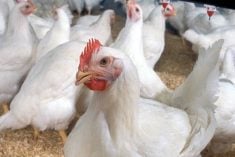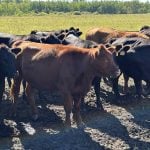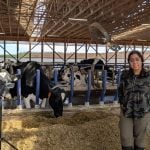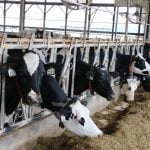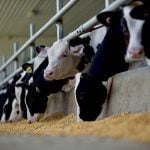Feeder cattle prices in Western Canada continue to grind lower due to softer slaughter values and rising feedgrain prices. Alberta fed cattle dropped $2 to $4 last week, with steers trading in the range of $108.50 to $111.
On Monday (April 25), cattle in Texas traded at $117, down from $119 late last week. The U.S. Department of Agriculture reported April 1 cattle on feed numbers five per cent higher than year-ago levels, which has set a negative tone to the cash trade.
Feedlot margins are under pressure and buying enthusiasm for replacement cattle has waned. U.S. fed prices need to be near $120 to break even and the feeder market feels vulnerable with corn futures ratcheting higher.
Read Also
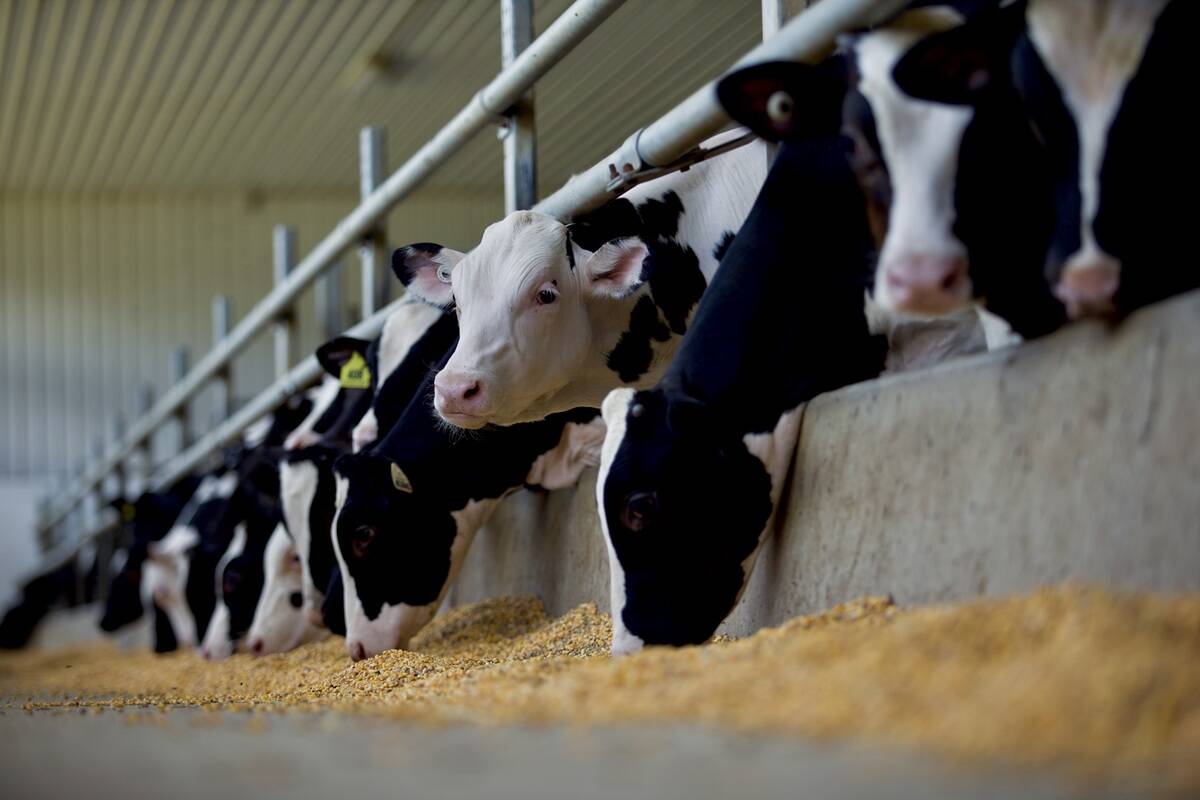
Confusion cleared on Canadian calf import changes
A Canadian Food Inspection Agency (CFIA) announcement on import regulations for feeder calves caused some confusion on the administrative side of Canada’s cattle industry earlier this month
In southern Alberta, steers weighing 600 to 700 pounds brought back $130 to $140; 700- to 800-lb. cattle sold in the range of $120 to $130. Last year, weekly feeder cattle exports to the U.S. surged during April but this year, the numbers are down sharply. May feeder cattle futures are $11 from the recent highs and the stronger Canadian dollar has tempered trade south of the border.
Last week, I mentioned the feeder market had likely defined the upside potential. Looking at past history, the market usually experiences a correction before retesting the highs. The industry may be in for a period of negative U.S. feedlot margins, which will weigh on the North American feeder market. The USDA reported larger-than-expected cold storage stocks of beef, which may confirm slower retail consumption.
— Jerry Klassen is a commodity market analyst in Winnipeg and maintains an interest in the family feedlot in southern Alberta. He writes an in-depth biweekly commentary, Canadian Feedlot and Cattle Market Analysis, for feedlot operators in Canada. He can be reached by email at [email protected] or at 204-287-8268 for questions or comments.


